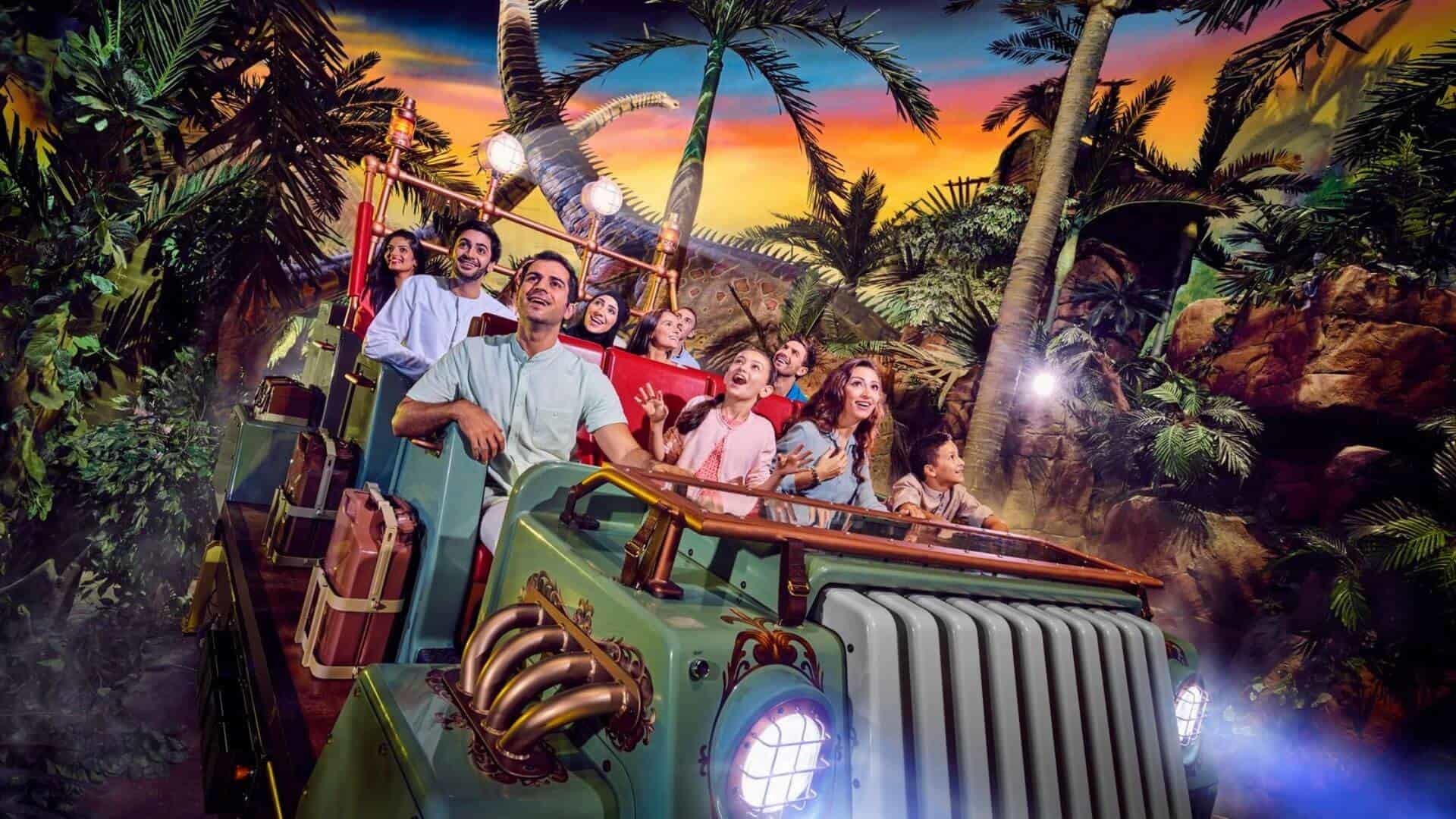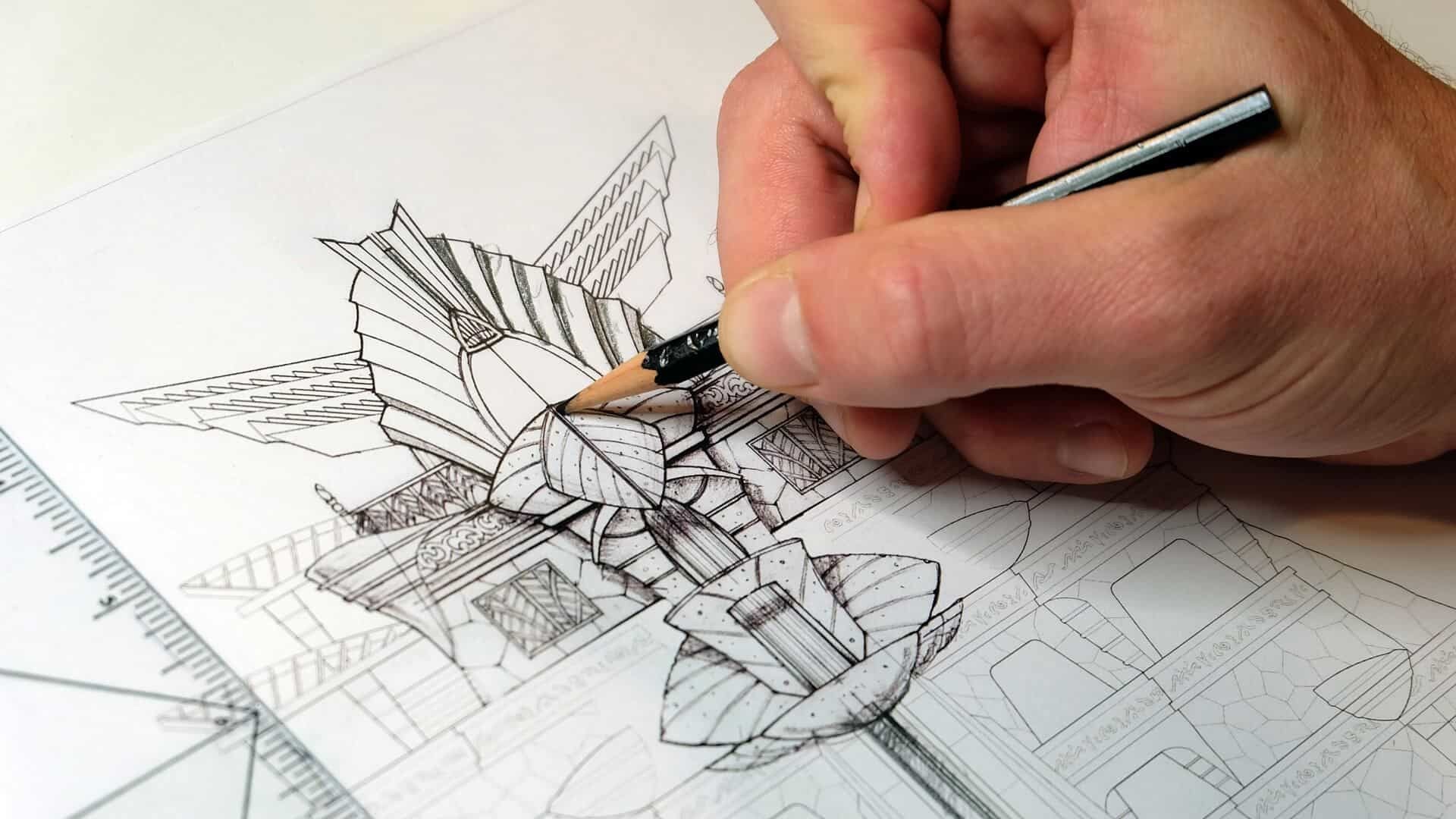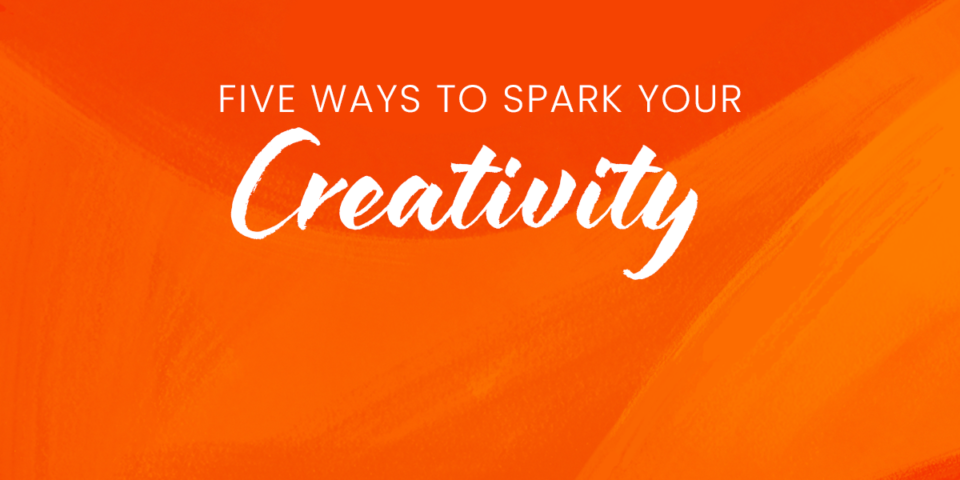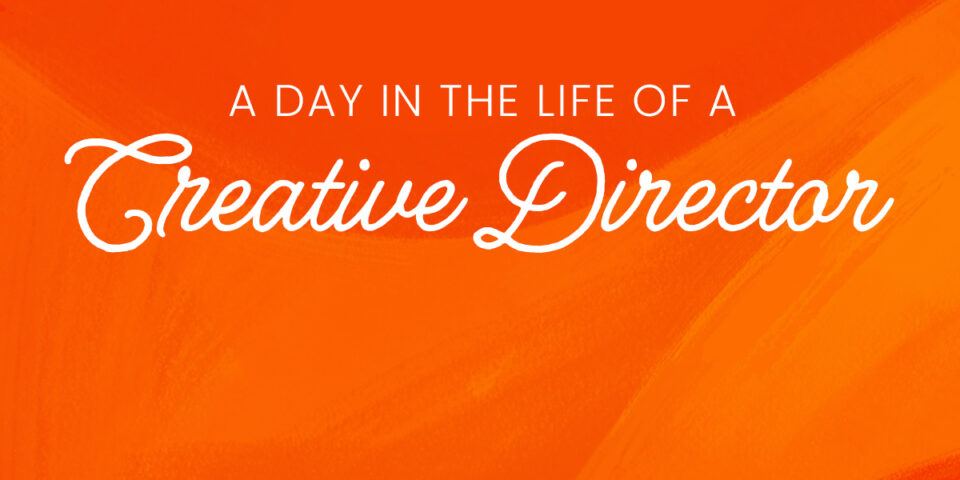And why does it matter?
In the interest of due diligence, let’s first entertain the notion that I could simply say Experience Design is “the art of designing experiences,” and we could call it a day right now. Of course, that answer doesn’t exactly tell us anything new. Moreover, as the consumerist market within which we operate continues its shift from the material economy of the ’80s and ‘90s to the experience economy of today, we quickly realize that this topic is profoundly relevant for us to explore, both as consumers as well as professionals working in entertainment.
So, how do we define Experience Design? Well, to find the right answer, we’ll first need to make sure we have the right understanding of the question. Let’s start by dissecting this enigmatic duo of words and then see what we get when we piece them back together.

The Forbidden Territory Dark Ride Experience at IMG Worlds of Adventure Theme Park in Dubai.
What is ‘Experience’?
‘Experience’ is a word of incredible versatility.
For those of us who write for and about the themed entertainment industry, it’s also a word with an incredibly awkward lack of suitable synonyms: ‘encounter’ is instantly limiting, ‘incident’ sounds ominous, and ‘adventure’ might be a hair too melodramatic. No other word can claim as much power and success for the job as the word ‘Experience.’ It’s a word that perfectly encompasses almost everything you could ever want to discuss in the realm of entertainment, from films to attractions to interactives to exhibitions, and a whole lot more.
For me, the true brilliance of the word shines when I also consider all the intangible and cerebral elements for which it accounts. It’s about more than just what you see or hear or smell or taste. An experience is what you feel, what you take away from each mesmerizing moment, what inspires you, what dazzles you, and even what still makes you smile when you think about it long after it’s over.

An experience is not contained to a single event; it lives and breathes through time, evolving alongside you. It is a phenomenon that is part external and part internal, an organism that grows through your emotions, your memories, and your social interactions.

Architectural Sketch for Atlantis Sanya Resort in Hainan, China.
What is 'Design?
Design is a powerful word with even more impactful connotations, but I would argue it’s the easier of the two to define.
‘Design’ can mean many things, but specifically, in Themed Entertainment, we could be referring to concept design, schematic design, character design, environment design, systems design, interactives design, and much more. And yet, there is a common DNA between all design disciplines – the development of a product or service that can be used to get a user from some kind of point A to some kind of point B, whether it is physical, logistical, emotional, or everything in between. Beyond that, the speed and style with which you travel to this proverbial point B are all facets that help determine whether a design is good or whether it is great.

Aerial Masterplan Rendering for ‘Winds of the Desert’ area development.
At its heart, design is the art of focused problem-solving. So, when it comes to Experience Design, the natural question that arises is straightforward: what problem are we trying to solve?

Experience Design is fundamentally about Human Beings.
What is ‘Experience Design’?
The current definition is broad and fluid, but the emerging consensus indicates that Experience Design is fundamentally about human beings. It is a methodology that puts greater emphasis on the people who are interacting with a product or service than on the product or service itself. Why? Not because the product or service is unimportant or unprofitable – quite the opposite. For your product or service to be successful, it needs to be both enjoyable and accessible and, in this world, that is much easier said than done.
Humans, of course, have needs beyond the product or service you’re providing, and these peripheral needs cannot be ignored. Indeed, your profits may depend on how well your design can account for these needs beyond your specific contribution to the experience. Audiences today now expect a degree of flow and integration between the products and services with which they engage, even if they are produced by completely different developers. A high-quality product, alone, does not guarantee a good experience. Our designs must be more than compelling; they must be complementary – cooperative - interconnected.
For example, a companion mobile app that displays a digital park map is certainly useful. But, hypothetically, a mobile app that seamlessly integrates with Google Maps for real-time AR walking directions – a mobile app that can text you real-time updates on wait-times for your flagged attractions or even send you push-notifications for special events or hidden content vignettes near your location – now we approach the more holistic realm of Experience Design. And if the same app can give you that level of meaningful connectivity without destroying your battery life or invading your privacy, that is great Experience Design.
Put simply: Experience Design is the act of problem-solving how human beings interact with complexity.
As technology and competition, alike, surge throughout the market, the intricacies of our world increase. And while this intricacy certainly has its benefits, it can also be overbearingly agitating or stressful for a consumer to process. The equation isn’t hard to grasp. Less stress means more engagement. More engagement means more repeat visitation and growth. Business can thrive by addressing the problem of system intricacy.
Experience Design is our buffer against this problem. With Experience Design, we no longer think in terms of each experience as its own isolated instance. Instead, each instance is now a ‘touchpoint’ along a greater path dictated by the user. Experience Design is the double-feature magic act of making intricate systems work for you while simultaneously ensuring that this intricacy does not interrupt or impede your user’s interactions.
The most talented designers of today aren’t only aware of this challenge; they anchor their entire development process around it. One of the most important by-products of our work here at Falcon’s is the immersion we cultivate across every project. Whether digital or physical – whether an independent vignette of content or a full theme park masterplan – that immersion must be safeguarded at every turn. How do we fit safety railing in a standing theater without interrupting the environment we’ve created inside? How do we buffer guests from viewing all the back of house operations taking place without fully expelling them from the beautiful world we’ve worked so hard to create? The answer is storytelling.
Storytelling is our superpower. A large facet of my job is helping our team harness that superpower so that we can create a narrative blueprint that helps us keep guest immersion alive and thriving across all dimensions of the experience. An expertly integrated story will capture all aspects of a user’s journey and turn each human touchpoint into human tales or chapters within a larger narrative universe. In many ways, a carefully constructed and choreographed narrative universe provides the perfect evolution of Experience Design, one in which the flow between each touchpoint is not only uninterrupted but enriching. Your adventure on one ride might act as a kind of companion tale to your journey on a different attraction in the same zone. A detail or Easter Egg you spot in the gift shop or even by the lockers may be a subtle, humorous callback to something you passed in the queue line hours earlier. And your time spent dining at the major restaurant might reveal new layers of backstory or personality for a character you saw on screen in the theater.


Restaurants like Tony’s Skydeck or Richard’s Around the World Café at IMG Worlds of Adventure in Dubai provide new ways for guests to engage with familiar characters from beloved franchises like Marvel’s Iron Man and Cartoon Network’s The Adventures of Gumball.
As interweaving puzzle pieces comprising a bigger picture, each chapter of the story only serves to enhance the greater immersion we seek to build throughout the entire experience. And when we start providing our guests more control in these tales, empowering them with interactivity, agency, and meaningful choices, the engagement and connection they feel towards the entire narrative universe only grows stronger. Through it all, the joy and wonder of the experience never waver because every layer and every detail seamlessly adapts to our needs and choices. Even if we don’t consciously take notice, we can feel how rich and substantial an environment is. Every step of the journey feels connected and unified, no matter how complex things may be beneath the hood.

A delightfully human experience at National Geographic Encounters: Ocean Odyssey in Times Square, NY.
Why Does Experience Design Matter?
The funny thing about Experience Design as a term is that it isn’t always something we call out as a specific profession, job title, or service. I think it’s worth mentioning, however, that these Experience Design professions do exist and are currently responsible for finding innovative solutions to long-existing logistical and institutional problems, including how users interact with complex systems of banking, medicine, and transportation, to name a few. And yet, Experience Design is ultimately a practice that matters for far more fields and philosophies than any of us might be able to fully appreciate at this time.
Contemporary scholars and futurists feverishly debate how we will come to define the 21st Century, but they seem to agree that the idea of connectivity or networks will play a starring role. This doesn’t just include computer networks, but economic networks, cultural networks, even biological networks. All of civilization is undergoing a metamorphosis, transforming from a society of segmentation to one of connectivity. The change is most obvious when we consider the role the internet plays in our daily lives, but the phenomenon extends further than the devices that now live in our pockets. And the world of entertainment is already proving to be a pioneer of this revolution.
An entertaining experience that smoothly continues to delight even after the original event is over is not only memorable but endlessly enticing. We know people will return to engage with a well-crafted experience. And as the world of Experience Design shows, the well-crafted experience of tomorrow is one that satisfies multiple dimensions of our journey at once.

Cartoon Network themed retail at IMG Worlds of Adventure in Dubai.
Right now, all over the world, we are seeing major lines begin to blur: the lines between education and gaming, fun and lifestyle, work and play. The way we think, act, and evolve as people continue to change as our need and capacity for this connectivity increases. More than that, the lines that simply differentiate when an experience is occurring and when it is not are disappearing, too. Time, itself, is growing in complexity. Think of how we interact with narrative experiences these days. The movie may be over, but we’re still playing the mobile game that came out alongside its release. The ride may be over, but we’re still sipping out of the themed souvenir coffee mug we purchased from the gift store years ago.
Why does Experience Design matter?
Because experiences are how we define who we are as human beings. We want experiences to be powerful, but we want them to be meaningful as well. We don’t just enjoy experiences anymore; we absorb them into our identity.
Ultimately, whether digital, operational, infrastructural, or narrative, the experiences that will matter most to us will be the ones that can champion complexity and identity to create some of the most meaningful ecosystems our world has ever seen.
Further Reading
- ‘Welcome to the Experience Economy’ from back in 1998
- “Mindsets, Tools, and Terminology of Digital Experience Design”
- “The Seventh Sense” Book About Survival in the Age of Networks
About the Author





